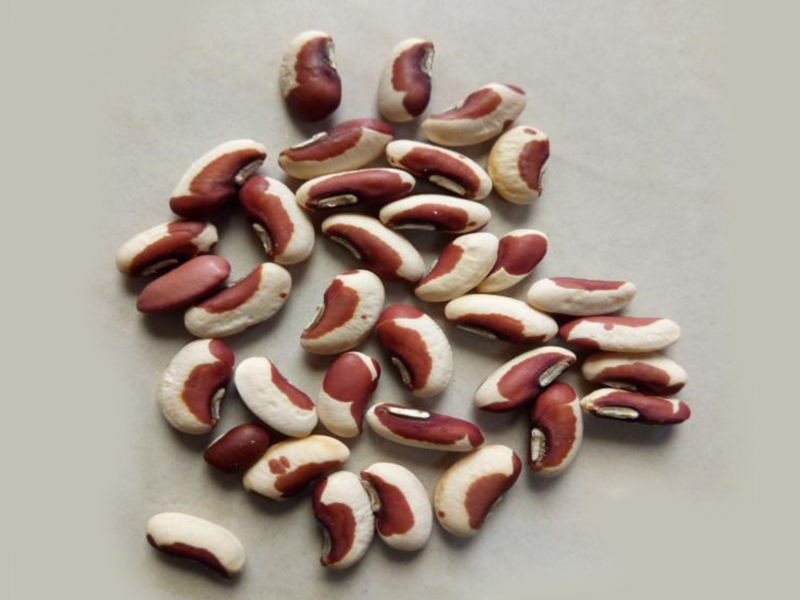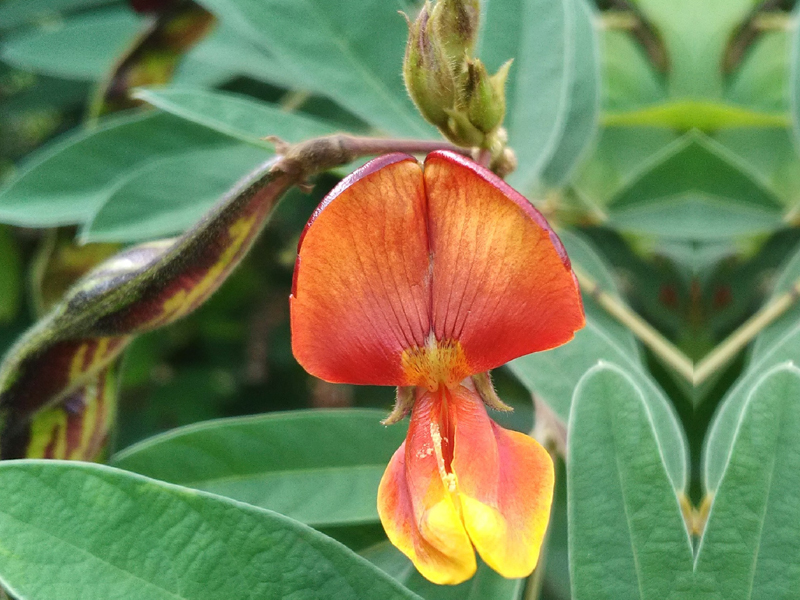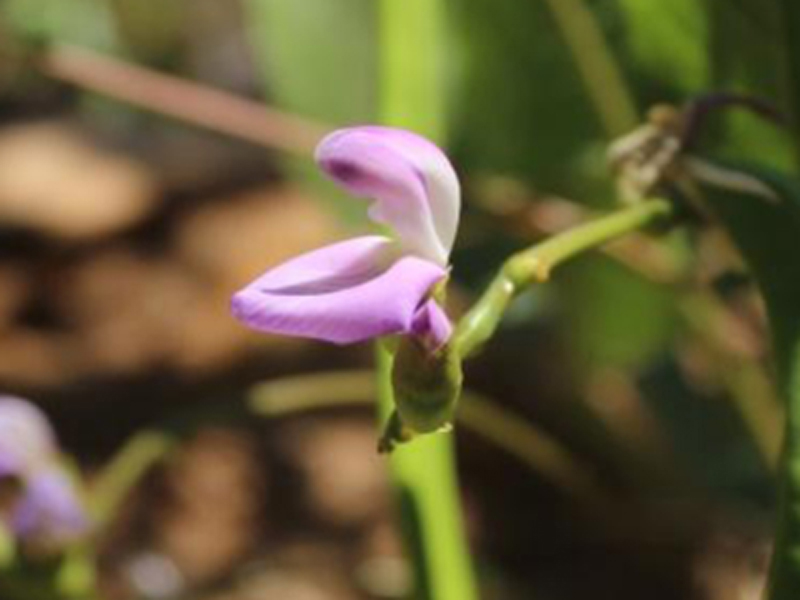
Legumes or pulses are flowering plants in the Leguminosae family. Leguminosae is classified in to three sub families Papilonoideae, Caesalpinioideaea and Mimosoideae. Edible legume crops are mainly found in the subfamily Papilonoideae. Leguminosae/Fabaceae is the third largest family of angiosperms, including ca. 751 genera and ca. 19500 species. Latin American Nutrition society at its conference in 1943 discussed the nutritional aspects of common beans and legumes as animal and human foods and made several recommendations for future research on legume. As a result of the efforts to increase production, several high yielding varieties of legumes have been released. Centers of domestication or diversity of the grain legumes are largely known, although closely defined areas will remain difficult to specify knowledge of the distribution of purported ancestral forms is still incomplete. Archeological, anthropological, historical and linguistic evidence combined has contributed to a reasonably, if not always complete or unequivocal account of domestication.


As we all know legumes are very important and famous source for protein and essential amino acids. Phytochemicals in legumes largely classified as polyphenols, flavonoids, isoflavanoids, anthocyanidins, phytoestrogens, terpenoids, carotenoids, limonoids, phytosterols, glucosinolates, phytohemaglutinins and fibers. Legume seeds contain also a number of antinutritional compounds, which can be of proteinous, i.e, hydrolase inhibitors and lectins, and non proteinous nature. The high protein content makes them desirable crops in agriculture. Legume seed coat, commonly referred to as hulls, are rich source of polyphenolics and natural antioxidants and have been extensively investigated, both from their beneficial physiological effects in humans and deleterious effects in animal nutrition.
Diversity of Legumes and their local uses
Northern Kerala is blessed with the diversity of legumes of which many of them are cultivating wildly in homestead gardens as well as in Tribal hamlets of Wayanad district. This study found more than eighty home-grown and uniquely native legume plants from the study area. Among them, fifty were used in various medicinal preparations (Desmodium gangeticum, Mucuna pruriens, Pongamia pinnata, Saraca asoca, Teramnus labialis etc) and thirty species were used for dietary needs (Cajanus cajan, Arachis hypogea, Lablab purpureus, Vigna mungo, Canavalia cathartica etc) in combination or alone. At the same time major group of plants are having importance as food as well as medicine. The plants like Erythrina submbrans, Pueraria phaseoloides and Xylia xylocarpa are some of that type.


Phytochemical Significance
Phytochemical studies were done on selected ten wild edible legumes (only with edible seeds & pods) with their available closest relatives collected from Wayanad. The chemical analysis showed that all the edible legumes were generally rich with protein, carbohydrate,dietary fiber, fat, phenolic compounds, vitamins and minerals. Tannins, Alkaloids, Flavanoids and phytic acid are some of the major anti-nutritional compounds found in legumes. The presence of the high level of such compounds keeps man away from wild edibles; even though they are rich with vitamins and minerals.Interestingly it is found that cultivated and wild legumes are comparatively higher in protein and other beneficial compounds but there are secondary metabolites and other chemicals in wild plants more. Elders have the knowledge of chemical toxicity of some legumes, that is why many people avoid seeds while cooking.


Studies depicts that anti-oxidant components have the potential to lower the risk of several diseases and they have the capacity to protect the cells from oxidative damage by free radicals. Coming to the results of enzymatic and non-enzymatic antioxidants, like superoxide dismutase, catalase, polyphenols and ascorbic acidwe found that the cultivated species like Canavalia gladiata, Cajanus cajan, Phaseolus lunatus, Psophocarpus tetragonolobus, Vigna mungo and Canavalia ensiformis were found superior for all these components. The outcome of this comparative profile of phytochemical properties and anti-oxidant enzyme activity of the wild edible and cultivated legumes need to be highly recommended in everyday diet of man, because each of them can supplement the nutritional needs and can be helpful for normal metabolic activities of living organisms.
Download: Phytochemical compounds presenting wild and cultivated legumes
Aswathi, V. and Abdussalam. A. K.
Department of Post Graduate studies and Research in Botany, Sir Syed College, Taliparamba, Kannur- 670142, Kerala, India.
